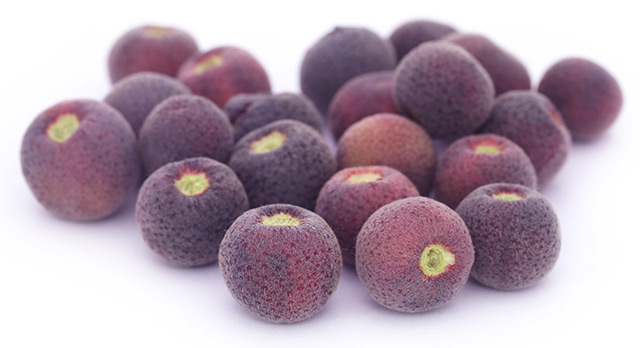Study: The bark of the phalsa bush has great antidiabetic potential
08/08/2018 / By Michelle Simmons

Phalsa (Grewia asiatica), an exotic bush plant native to the Indian subcontinent, has been used for its antidiabetic, antioxidant, antipyretic, analgesic, and antibacterial properties. In a study published in the journal BMC Complementary and Alternative Medicine, the antidiabetic, antihyperlipidemic, and antioxidant activities of the stem bark of phalsa were evaluated in alloxan-induced diabetic mice.
- Researchers from the University of Rajshahi in Bangladesh induced diabetes in mice by injecting a dose of alloxan.
- The mice orally received 200 milligrams per kilograms (mg/kg) of phalsa bark ethanol extract, 400 mg/kg of ethanol extract of barks from phalsa, or 150 mg/kg metformin, a drug for diabetes, once a day for 15 days.
- Researchers measured the blood glucose levels and body weights of rats at baseline and on the 5th , 10th, and 15th day of oral treatment.
- At the end of the treatment, the blood samples of the mice were collected for the measurement of total cholesterol, triglycerides, very low-density lipoproteins, low-density lipoproteins, high-density lipoproteins, and sensitive markers of organ damage serum glutamate oxaloacetate transaminase (SGOT) and creatine phosphokinase MB isoenzyme (CK-MB).
- The extracts’ antioxidant activity, total phenolic, and total flavonoid content were also identified.
- The oral treatment of phalsa stem bark extracts improved survival rate and significant reductions in blood glucose, lipids, SGOT, and CKMB levels in diabetic mice.
- The treatment also restored liver glycogen in diabetic mice.
- The phalsa extract exhibited antioxidant activity due to its flavonoid and phenolic compounds.
- Its antioxidant activity may significantly contribute to the recovery of damaged pancreas.
In conclusion, the ethanol extract of barks from phalsa could potentially be used in managing diabetes and its other related complications.
Read the full text of the study at this link.
To read more stories on managing diabetes naturally, visit DiabetesScienceNews.com today.
Journal reference
Khatune NA, Rahman BM, Barman RK, Wahed MII. ANTIDIABETIC, ANTIHYPERLIPIDEMIC AND ANTIOXIDANT PROPERTIES OF ETHANOL EXTRACT OF GREWIA ASIATICA LINN. BARK IN ALLOXAN-INDUCED DIABETIC RATS. BMC Complementary and Alternative Medicine. 18 August 2016; 16(295). DOI: 10.1186/s12906-016-1276-9
Tagged Under: alternative medicine, blood glucose levels, blood sugar, blood sugar levels, diabetes, diabetes management, food as medicine, Grewia asiatica, herbal medicine, natural medicine, natural remedies, phalsa




















